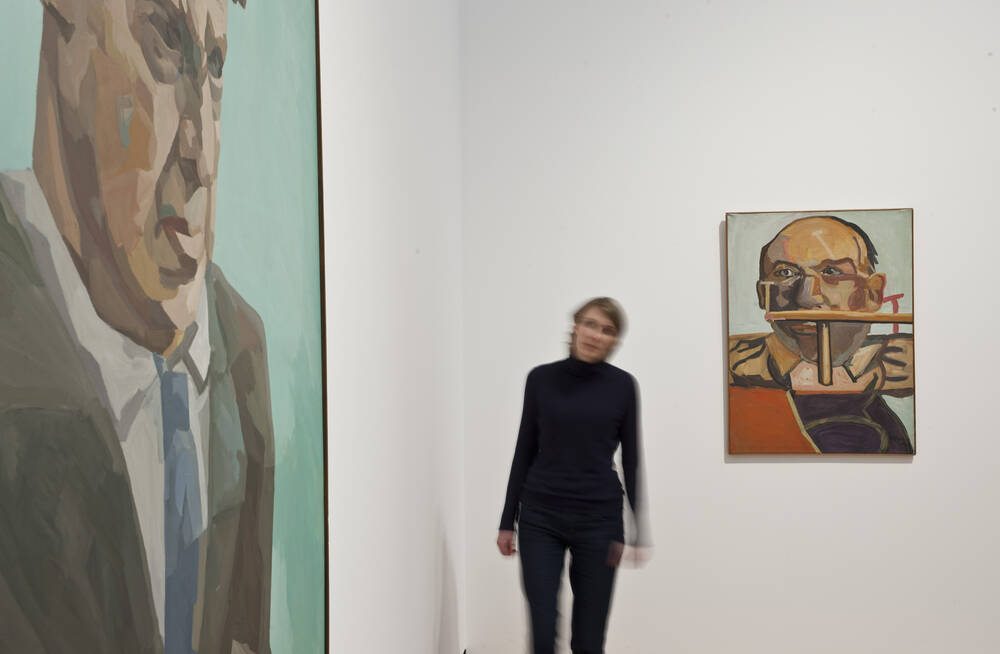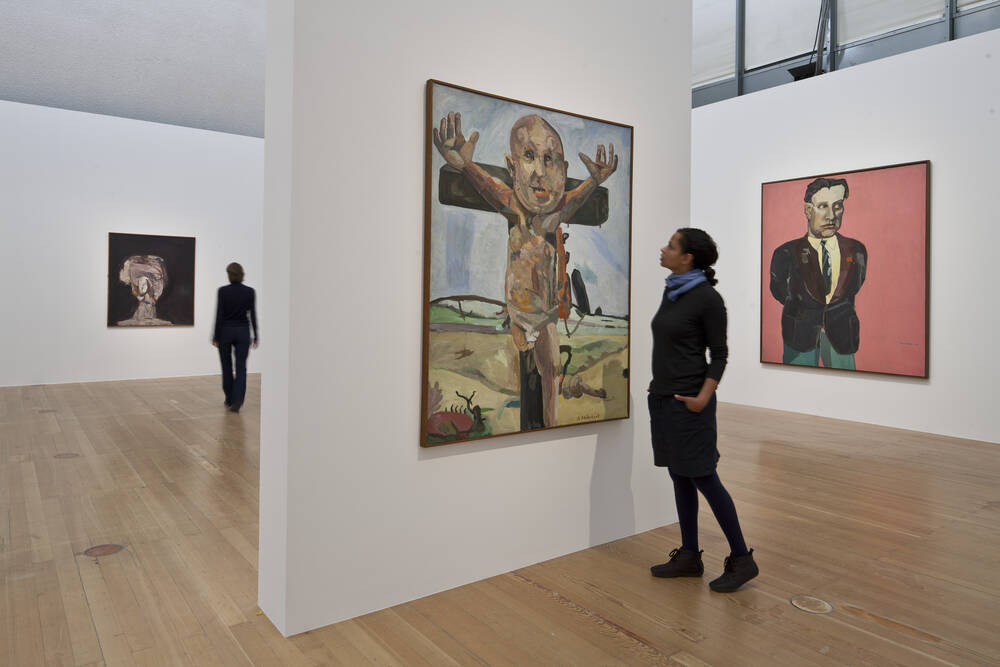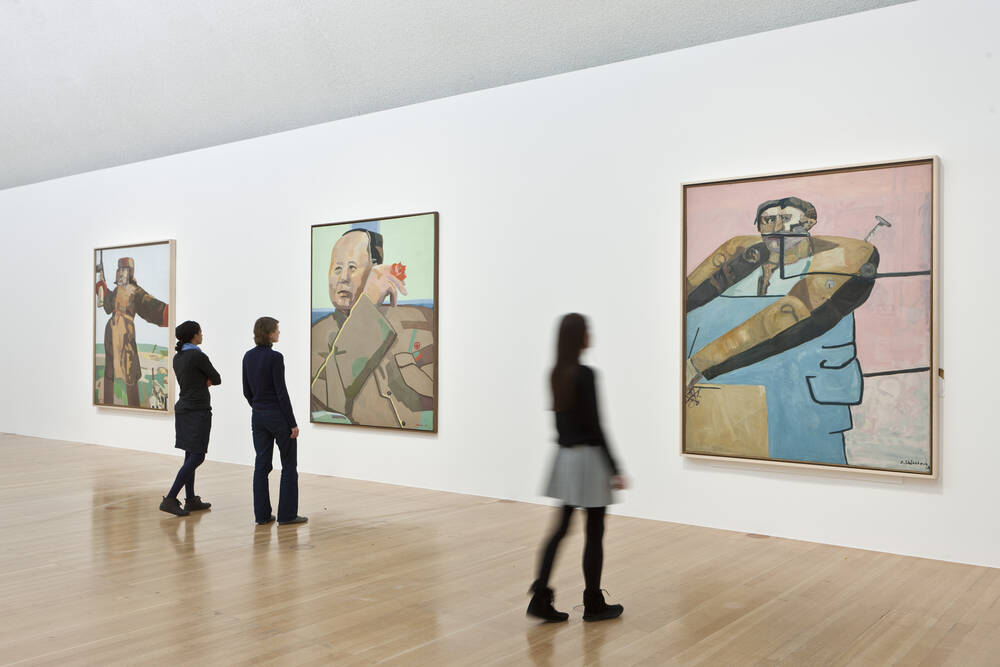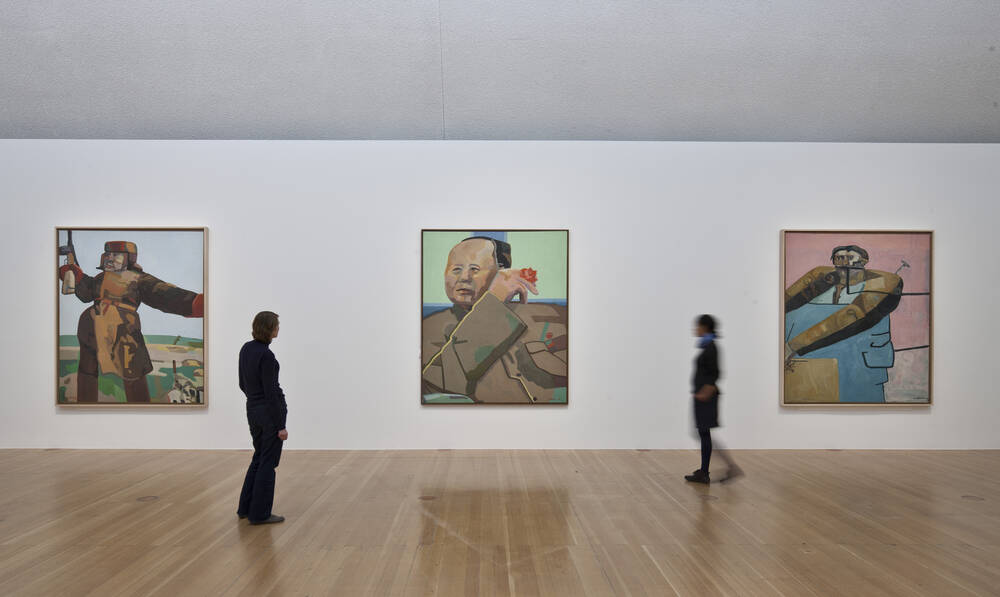



EUGEN SCHÖNEBECK. 1957 - 1967
The Schirn Kunsthalle is devoting an extensive retrospective to German painter Eugen Schönebeck, featuring almost all of his surviving paintings and the most important drawings. Starting out with Tachist drawing, Schönebeck turned to figurative drawing and painting, and was one of the first German artists to take up the traumatic experiences of the Second World War as a theme. He created unique works, combining the abstract and the figurative. In 1961 and 1962 he and Georg Baselitz pilloried the bourgeois, jaded art world in their publication of the Pandemonic Manifestos.
Schönebeck's growing awareness of Soviet intellectualism in the former German Democratic Republic inspired him in the mid-1960s to create timeless portraits of various "Heroes of the East," none of which were produced for propaganda purposes. In these pictures, Schönebeck not only scrutinized the character and behavior of revolutionaries such as Lenin, Trotzky, and Mao, but also the significance of the artist's willingness to take risks. Schönebeck's paintings and drawings were indeed ahead of their time, and to this very day, the issues they deal with have retained their topicality.
Catalog
This book is the first catalogue raisonné to bring together all the surviving canvases of Eugen Schönebeck. It also incluses around 40 of the artist's works on paper.
This complete retrospective of Schönebeck's work includes an extensive biography based on personal conversations that establish his position in the context of the socio-political events of post-war Germany. It will help Schönebeck reclaim his rightful place in contemporary art history.